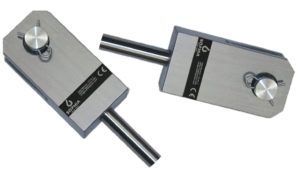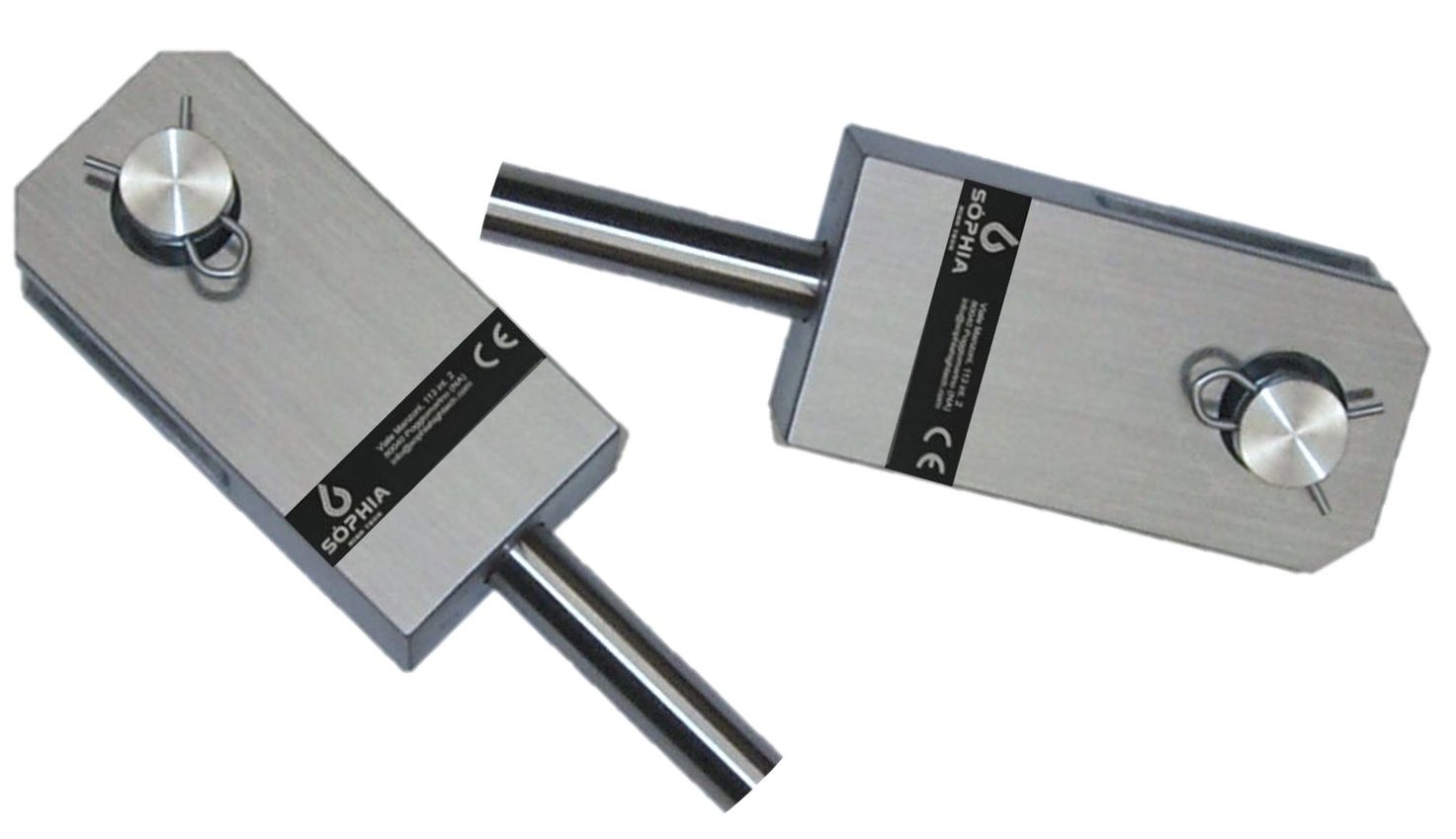
Can be designed and fabricated clevises of all types and sizes . A typical pair of clevises are those conforming to ASTM Standard E 399. These forks are made of high-strength, heat-treated steel for tools, according to the ASTM standards. Exist three pair of tensile clevises of different sizes, fabricated of 17-4PH stainless steel, with hardened 440C stainless steel pins.
Are available, however, other clevis designs and special attachment fittings of all sizes and configurations. In This way it’s possible meet the specific needs of each application to metals, composites, plastics, or ceramics testing.During the low strength materials testing such as plastic, forks manufactured at low cost steels can often be used.
Sources of Additional Information:
- ASTM Standard E 399-12e3, “Plane-Strain Fracture Toughness of Metallic Materials,” American Society for Testing and Materials, West Conshohocken, Pennsylvania (first issued in 1970).
- ASTM Standard D 5045-99 (2007e1), “Plane-Strain Fracture Toughness and Strain Energy Release Rate of Plastic Materials,” American Society for Testing and Materials, West Conshohocken, Pennsylvania (first issued in 1990).
- ASTM Standard E 1922-04 (2010)e1, “Translaminar Fracture Toughness of Laminated Polymer Matrix Composite Materials,” American Society for Testing and Materials, West Conshohocken, Pennsylvania (first issued in 1997).
- ASTM Standard E 1290-08e1, “Crack-Tip Opening Displacement (CTOD) Fracture Toughness Measurement,” American Society for Testing and Materials, West Conshohocken, Pennsylvania (first issued in 1989).
- ASTM Standard E 1820-13, “Measurement of Fracture Toughness,” American Society for Testing and Materials, West Conshohocken, Pennsylvania (first issued in 1996).
- ASTM Standard E 647-13ae1, “Measurement of Fatigue Crack Growth Rates,” American Society for Testing and Materials, West Conshohocken, Pennsylvania (first issued in 1978).



